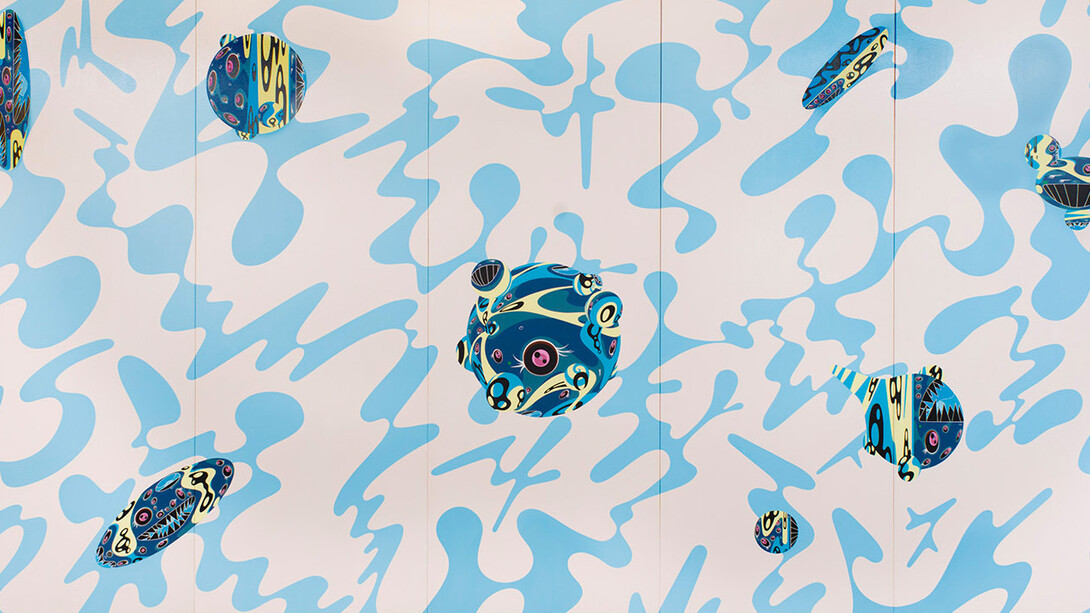Self Generated
A self Generated is a work of art depicting mostly inanimate subject matter, typically commonplace objects which are either natural (food, flowers, dead animals, plants, rocks, shells, etc.) or man-made (drinking glasses, books, vases, jewelry, coins, pipes, etc.).
Still, life occupied the lowest rung of the hierarchy of genres but has been extremely popular with buyers. As well as the independent still-life subject, still-life painting encompasses other types of painting with prominent still-life elements, usually symbolic, and "images that rely on a multitude of still-life elements ostensibly to reproduce a 'slice of life'."The trompe-l'œil painting, which intends to deceive the viewer into thinking the scene is real, is a specialized type of still life, usually showing inanimate and relatively flat objects
Over the centuries artists have chosen the subject of still life for a variety of reasons: to reflect the status of their owner, be it humble or haughty; for their symbolic meaning which reveals a hidden story or idea; to capture the natural beauty of transient object like a flower or fruit; to demonstrate the artist's skilled painting technique; or as a controlled structure to express the abstract qualities of the visual elements.
Traditionally, still, life is the drawing and painting of items such as fruit, flowers and household objects, which are usually arranged on a table top.
For this project, I took a picture of objects in my house, and I started to draw it. I chose watercolor and acrylic color. I don't usually paint with watercolor, but I decided to use it in this project because it will fit more than another medium for this drawing.
1- Juan Sánchez Cotán
Sánchez Cotán established the prototype of the Spanish still life, called a bodegón, composed mainly of vegetables. Characteristically, he depicts a few simple fruits or vegetables, some of which hang from a fine string at different levels while others sit on a ledge or window. The forms stand out with an almost geometric clarity against a dark background. This orchestration of still life in direct sunlight against impenetrable darkness is the hallmark of early Spanish still life painting. Each form is scrutinized with such intensity that the pictures take on a mystical quality, and the reality of things is intensified to the degree that no other seventeenth-century painter would surpass.
2- Georg Flegel
Flegel was born in Olmütz (Olomouc), Moravia. Around 1580 he moved to Vienna, where he became an assistant to Lucas van Valckenborch I, a painter and draughtsman. Flegel and his employer later moved to Frankfurt, which at the time was an important art-dealing city. As an assistant, he inserted items such as fruit, flowers, and table utensils into Valckenborch's works.
3- Ambrosius Bosschaert
He was born in Antwerp, where he started his career, but he spent most of it in Middelburg (1587-1613), where he moved with his family because of the threat of religious persecution. He specialized in painting still lifes with flowers, which he signed with the monogram AB (the B in the A) At the age of twenty-one, he joined the city's Guild of Saint Luke and later became dean. Not long after, Bosschaert had married and established himself as a leading figure in the fashionable floral painting genre.
These painters bring life to the most inanimate objects, using intense color palettes and great skill. Still life artists often placed religious symbolism within their artwork, which for the most part can't be seen at first glance. These famous still life artists are best known for their work with inanimate objects and have great skill in turning an ordinary scene into a still life masterpiece.
Still life painters are known to play with the composition of objects and negative space to develop certain looks to their work. While early still life work usually had religious themes and tones, some modern still life artists break the two-dimensional boundary and add graphic elements to their work.
https://www.britannica.com/biography/Juan-Sanchez-Cotan
https://www.metmuseum.org/art/collection/search/436305
https://www.christies.com/SaleLanding/index.aspx?intsaleid=27466&lid=1&saletitle=&cid=em_sem%7cacct:christiesoldmasters%7ccmp:classicny0418liveclassicweeknyapr18genus%7cag:artistseveninggeneralexact%7cengine:google%7cnt:search%7crg:us%7cbanner:%7cimg:%7ckw:ambrosius%20bosschaert%7cmt:e%7csid:classicny0418?rnd=1
















































